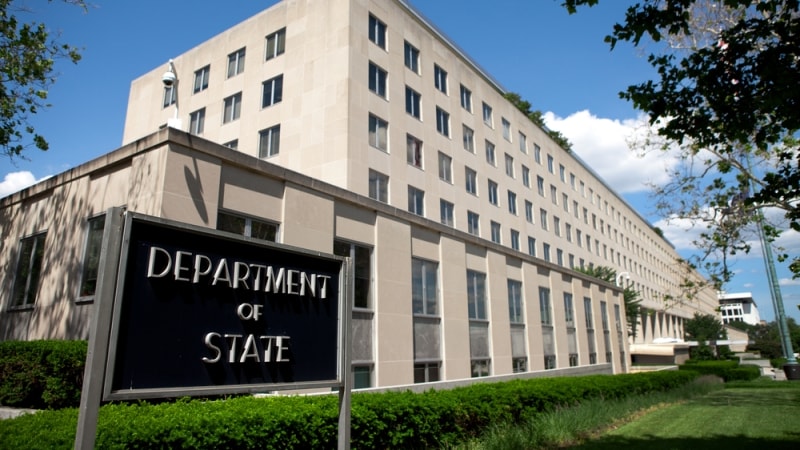
As the severity of the COVID-19 pandemic continues to wane in many places around the world, Federal agency leaders are sorting through lessons learned from remote work that can be combined with more traditional ideas with the aim of boosting efficiency overall.
At a panel event hosted by Federal News Network on Dec.1, Diana Shaw, deputy inspector general performing the duties of the inspector general at the State Department, talked about some of her agency’s challenges and changes during the pandemic.
“The other big impact for us in particular at the State Department … is inspecting embassies overseas. And that involves an enormous amount of travel, and so we’ve had to make a huge pivot in the way that we work,” said Shaw.
“Going from traveling all the time, sending people out on the road, sometimes 12 person teams for six weeks, to conducting a lot of our work remotely” has been instructional, she said, and has led State Department to use “things like survey tools, and remote data collection.”
Because of the workplace changes wrought by the pandemic, Shaw noted that physical offices will not be viewed going forward simply as the headquarters of organizations and agencies, but rather as a tool that people can utilize when the need arises for in-person work.
“So we’re starting to ask questions like how do we want to use office spaces as a tool. What is it that brings people into the office so that we can start to shape that space [and] facilitate those needs,” she said.
Another important shift in the dynamics of future work will be driven by the need to utilize data as one of the foundational tools to help agencies achieve mission objectives.
Speaking at the same event, Cardell Richardson, inspector general at the National Geospatial-Intelligence Agency (NGA), explained the importance data will play going into the future of work environments.
“We also learned that we could use a lot of the data analytics that we had to sort of aggregate disparate data that we were collecting in our various reports that could be more integrated and used more holistically,” said Richardson.
“It would actually inform some of what we call annual planning topics – topics or inspections and audits for the rest of the year. That and unlimited data analytics have played a huge role,” he said. “And it became something that we really start to zero in on as a result of the pandemic in looking for opportunities to be more effective and efficient.”
Ultimately, many government agencies and private sector partners are beginning to mix the old and the new in a way that will shift how work will be conducted going forward, both officials said.
“Work is not a place you go to, but a thing you do,” said Shaw.
